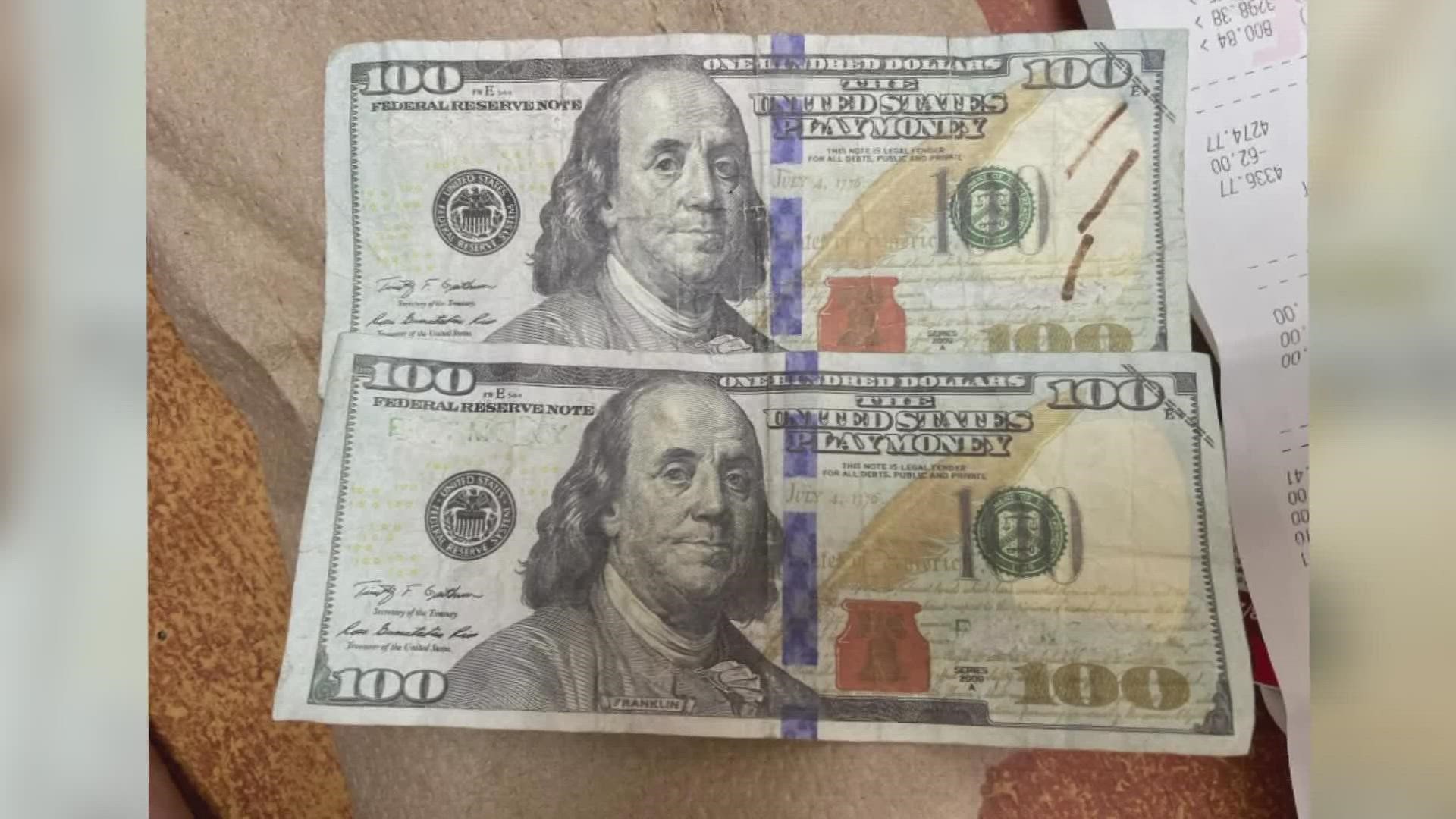Ensuring Credibility: Your Guide to Acquiring Funny Money to buy
Wiki Article
Explore the Usages of copyright Money in Artistic Creations and Theatrical Performances
copyright cash, typically identified with deception and illegality, holds a strange attraction when it finds its method right into the realm of imaginative creations and theatrical efficiencies. As we dive into the diverse uses of copyright in these innovative domains, we start to reveal a globe where credibility and replica blur, prompting us to question the very nature of worth and depiction within art and efficiency.
Historic Value of Funny Money in Art
The historic value of copyright money in art is a complex and interesting subject that drops light on the crossway of imagination, subversion, and socio-political commentary. Throughout history, artists have utilized copyright money as a tool for difficult societal norms, questioning the value of currency, and making powerful declarations concerning wide range and power.One of the most remarkable instances of funny money in art dates back to the Dada activity of the early 20th century - copyright money for sale. Artists such as Marcel Duchamp and Hannah Höch included phony currency into their works to criticize the capitalist system and discover the idea of worth in a swiftly transforming globe
Furthermore, during times of economic instability or political upheaval, funny money has actually been utilized by artists as a form of objection or rebellion. By creating and circulating phony currency, musicians have had the ability to interrupt the status, difficulty authority, and provoke crucial conversations regarding the role of cash in society.
Effect of copyright Money on Visual Arts
By incorporating copyright right into their jobs, artists provoke discussions on the nature of value, credibility, and social assumptions of riches. The use of fake cash in art also raises honest considerations concerning the boundaries of creative expression and the implications of replicating lawful tender. On the whole, the impact of copyright money on aesthetic arts is diverse, boosting vital reflections on the intersection of cash, art, and social values.Significance and Significance in Theatrical Imitation Displays
Making use of theatrical copyright screens, musicians utilize symbolic representations to convey deeper significances and stimulate thought-provoking interpretations within the realm of performance art. With the consolidation of funny money in theatrical manufacturings, creators can explore styles such as greed, power, corruption, and the illusion of wide range. Using phony money on phase can offer as an allegory for societal problems, financial disparities, and the fragility of monetary systems.In theatrical efficiencies, the symbolic value of funny money expands past its monetary well worth. It can represent the deceptive nature of looks, the quest of materialistic desires, and the effects of dishonest habits. By using phony money as a prop, musicians can challenge target markets to question truth meaning of wide range and the ethical borders that individuals may cross in its search.
Honest Factors To Consider being used Funny Money for Art

One significant honest factor to consider is the potential lawful consequences of using funny money in art. Counterfeiting currency is illegal in most countries and can lead to major repercussions for musicians that knowingly incorporate fake bills into their job. copyright money for sale. This not only puts the artist in danger yet also questions about advertising unlawful activities with art
Furthermore, there is an ethical dilemma concerning the credibility of the art work itself. Utilizing fake cash obscures the line in between reality and imitation, potentially tricking audiences and endangering the honesty of the artistic piece. Artists have to take into consideration whether the use of funny money lines up with their worths and imaginative objectives, considering the possible influence on their online reputation and trustworthiness.
Future Patterns in Imitation Money Combination
Considering the evolving landscape of imaginative expression, the consolidation of imitation cash in creative jobs might witness a change towards intriguing and innovative avenues. As artists proceed to press borders and explore brand-new tools, funny money might progressively be made use of this to test societal norms, examine the value of currency, or make powerful declarations about riches and consumerism.One future pattern in funny money integration might be its usage in immersive art setups where audiences are encouraged to communicate with the items, blurring the lines in between truth and impression. In addition, developments in technology might bring about the production of hyper-realistic copyright money that is virtually tantamount from authentic currency, opening up possibilities for even more complex and comprehensive artworks.
Additionally, collaborations in between musicians and counterfeiters could lead to special pieces that integrate typical creative strategies with the workmanship of producing fake cash. Nonetheless, ethical factors other to consider surrounding the validity and principles of making use of funny money in art will certainly continue to be a factor of opinion as these future patterns unravel.
Conclusion
In final thought, making uses of fake cash in staged efficiencies and imaginative productions have a long history and continue to give ideas for artists. From its historical relevance to its impact on aesthetic arts and significance in theatrical screens, phony money plays a distinct role in the art globe. review Honest factors to consider must be taken into account when utilizing copyright cash for creative objectives. The combination of funny money in art is most likely to continue progressing in the future.Generally, the influence of phony currency on aesthetic arts is complex, boosting important representations on the intersection of money, art, and social values.

In final thought, the usages of copyright money in theatrical efficiencies and creative creations have a long history and continue to be a resource of ideas for musicians. Honest factors to consider must be taken right into account when using phony cash for innovative functions. The assimilation of fake cash in art is most likely to continue progressing in the future.
Report this wiki page